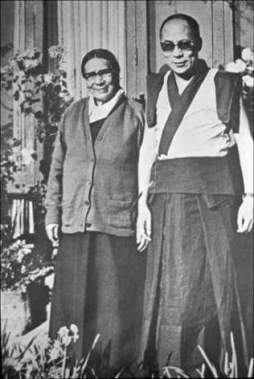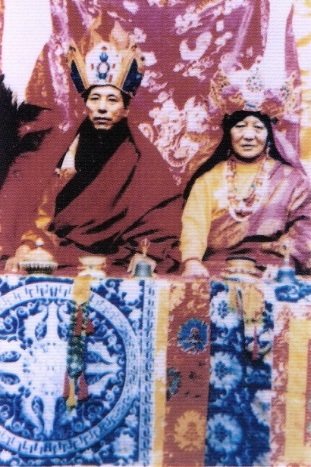Over the last few months, conversations taking place on Tibetan social media consisted of topics regarding secular modernity, concepts of Tibetan purity, and by the seeming lack of interest in turning to lived Tibetan histories as a way to engage these topics. To be fair, I noticed some participants try to actually stress Tibetan histories to acknowledge that these topics are nothing new when viewed through our historical framework as a people, and also how these concerns can be engaged using our own historical knowledges as lessons. In agreement with these concerns, I’ve dug up an old essay from 2015 that looks at Tibetan histories across time, space, place, and figures that were dealing with notions of Pan-Tibetan identities and governmentalities, with the restructuring and mixture of old and new traditions, and with notions of the secular and the religious, all of which take place in different places and times…
View original post 2,717 more words

 Drawing by Luna Enriquez
Drawing by Luna Enriquez 












